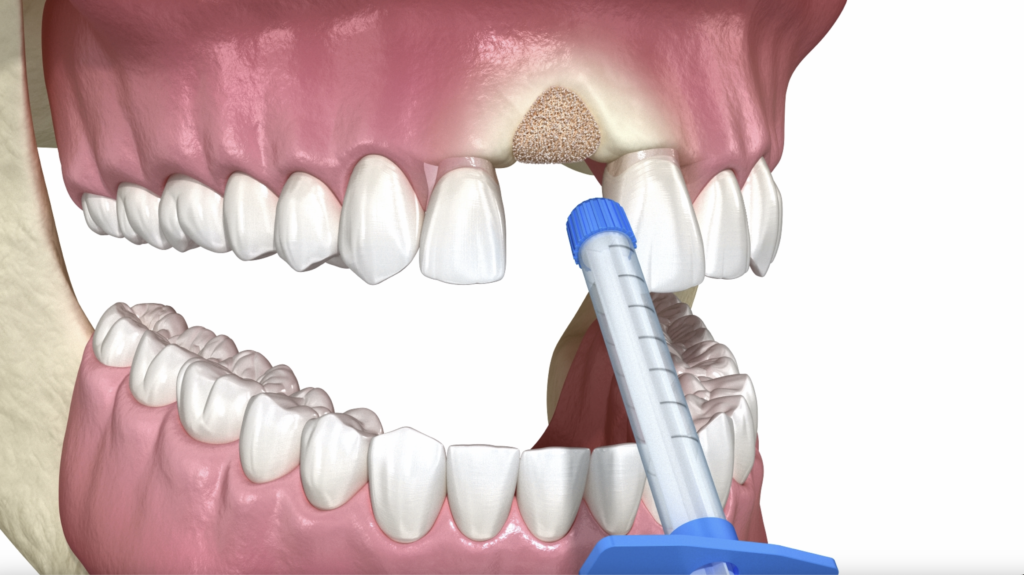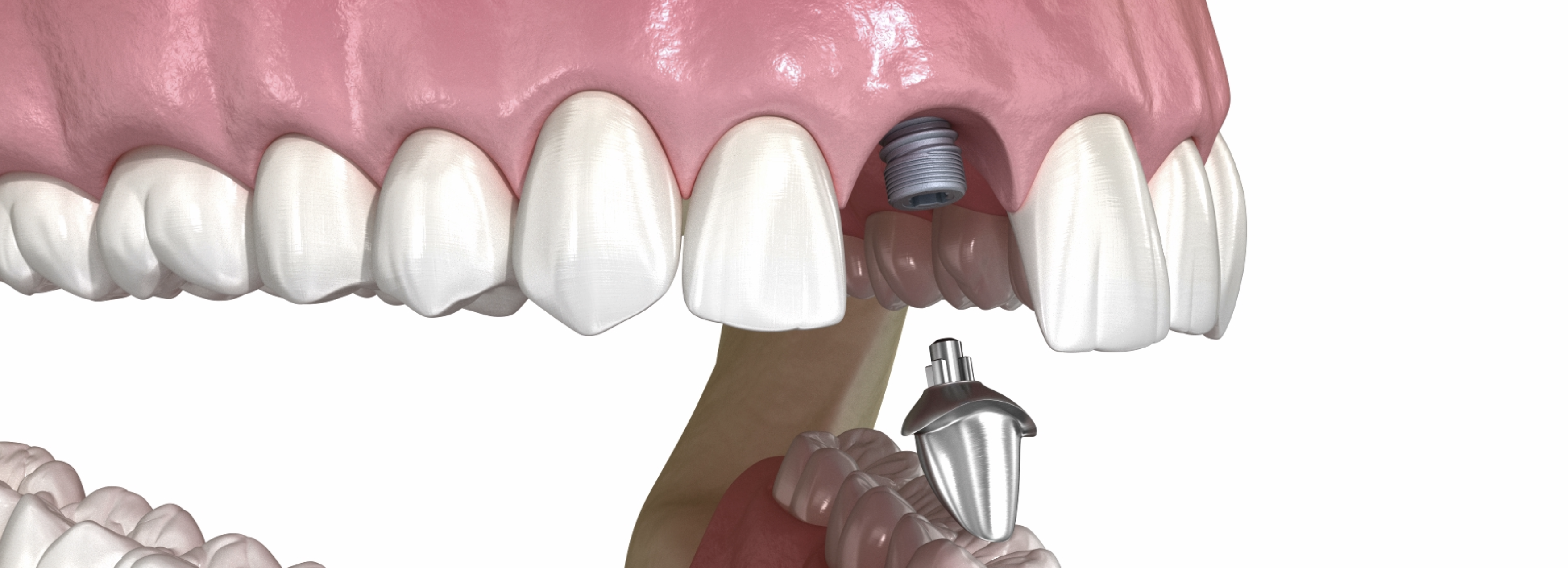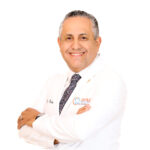


Bone Reconstruction
Following tooth loss, various techniques exist for bone tissue reconstruction to facilitate the placement of dental implants. One of the most common options involves dental grafts, which can be sourced from the patient, other individuals, animals, or synthetic materials. However, the viability of these techniques depends on the individual, and regenerative bone surgery may not be suitable for everyone due to unique bodily responses.
To restore bone quantity and quality, bone augmentation is necessary in areas designated for implant placement. The initial step involves local anesthesia to stabilize the bone for subsequent implantation. This process allows dental implants to fill the voids left by natural tooth loss, promoting the regeneration of lost tissues over time, ultimately restoring the patient’s health and anatomical structure, as well as bolstering their confidence and self-esteem.
Procedure:
- Preparation is key to successful treatment. Understanding the patient’s medical history and conducting a CT scan are crucial before any surgical intervention. This enables a clear assessment of the gums, bones, and the method that will be employed for treatment.
- The subsequent step involves an appointment to discuss the procedure, followed by the surgical process. Local sedation is administered to numb the treatment area, allowing for manipulation of the bone and tissues to augment their width and height.
- Two weeks post-surgery, a follow-up assessment is conducted to evaluate tissue condition and the integration of the bone graft. Subsequently, a waiting period of 4 to 6 months is necessary before dental implant placement.
Methods of Bone Regeneration:
– Bone Grafting: This surgical technique involves replacing lost bone, preferably using the patient’s own bone.
– Plasma: Leveraging growth factors, this method accelerates tissue repair and bone regeneration, owing to the high concentration of proteins and platelets in the patient’s plasma.
– Bone Regeneration: This process entails placing a barrier to separate gingival tissue from the defective bone during healing.

Following bone regeneration, meticulous care is essential, especially concerning the cutaneous openings where fixation screws are placed to connect the bone with the external device. Radiographic monitoring is recommended every two to three weeks during the active phase and every 6-12 weeks during the passive phase (approximately 3 months) to ensure proper regeneration and osseointegration.

For more information about bone grafting or any of this procedures, please contact us at 239-628-1300 or visit TopDentalDesigns.com to book your free consulting.

We are here to address any further inquiries you may have.
We are your Dentist In Naples and Fort Myers!
Contact us at www.TopDentalDesigns.com




